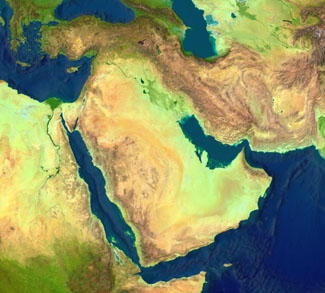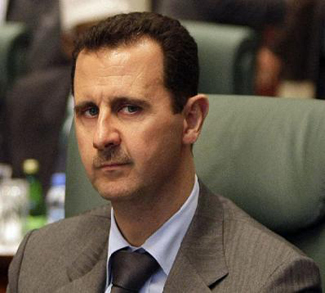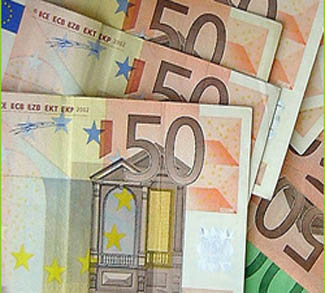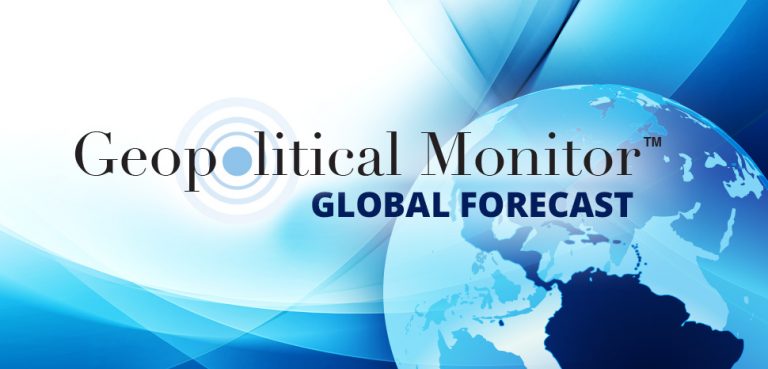Political
US-Iran Talks Take Center Stage
2014 will bring strategic questions that touch on the political, security and military core of the Iranian regime, speak nothing of its regional relationships and alliances. The six-country Framework Agreement began its countdown from the New Year. Thus, the first half of 2014 will be Tehran’s last chance to reach a meaningful deal with the West. It’s highly likely that a deal will be forthcoming as Iran is being forced to reconsider its policies under the pressure of domestic economic hardships and international isolation. A successful deal could change the entire strategic complexion of the region, impacting how Tehran engages in critical political and security issues, such as the Syrian conflict, Lebanon, and relations with other Gulf Arab states. In this sense, 2014 has the potential to be a watershed year for the regional balance of power in the Middle East.
Saudi Arabia Left Behind?
The tentative warming between Iran and the United States has been met with apprehension from Gulf Cooperation Council (GCC) states, particularly Saudi Arabia – Washington’s traditional ally in the region. Saudis fear the expansionist ambitions of Tehran, and believe that any improvement in relations between Washington and Tehran will encourage instability in the region. They are particularly worried that US-Iran talks could lead to concessions by Washington at the expense of Saudi interests, especially since the current rapprochement is coming during a “state of mistrust” between Washington and Riyadh due to the war in Syria. In response, the Saudi government will attempt to establish a primarily Arab coalition to balance against Iran (this time without US backing). But this effort will most likely fail, especially since most GCC states prefer to follow the American lead on Tehran. Many are also unsure about openly antagonizing a state that, once rehabilitated into the international system, could fast become an important regional power. There is also a possibility that the Saudi government might consider supporting violent conflict on the Lebanese front in order to put pressure on the ongoing talks.
The Syria Stalemate Will Continue
Although Syrian President Bashar al-Assad won a victory on the ground by reclaiming a number of Free Army strongholds, he remains politically defeated on the international stage, which essentially gives him no choice but to negotiate with insurgent forces at the Second Geneva Conference (to be held at the end of January). Al-Assad also has to keep up the fight against al-Qaeda splinter groups (Victory Front “Jabhat al-Nosrah” and the Islamic State of Iraq and the Levant “Daesh”). Following Washington’s initial hesitation over intervening in the Syrian crisis, it seems obvious that there won’t be a foreign military intervention, especially in light of the potential for a deal with Iran. Secure in his hold on power, al-Assad will almost certainly run for another term (his current term expires in June 2014). Meanwhile the opposition seems more divided than ever, throwing the future of Geneva 2 into doubt.
Expect Geneva 2 to produce no tangible results, as the door for a negotiated solution to the Syria conflict will only swing open once US-Iran talks have concluded – one way or another.
Economic
Modest Growth in the Face of Instability
Future projections for economic performance in the Middle East and North Africa are still on a whole positive. In spite of the global economic downturn and uncertainty surrounding the political situation in a number of countries in the MENA, many financial institutions – such as the World Bank and the QNB – have forecasted regional growth rates ranging from 4.5-5% for 2014. The GCC is investing heavily in infrastructure development in an effort to diversify the economic base of several of its member countries. In general, the Middle East and North Africa will continue to contribute to strengthening global growth, which is expected to range between 3.5-4% in 2014.
Military
A Brewing Regional Arms Race
Given the prevailing instability in the region, 2014 will unsurprisingly be marked by an arms race in the Arab world and beyond. Ongoing conflicts in Syria, Egypt, Lebanon, Iraq, Libya, and to a certain extent Yemen will attract weapon deals from both state and non-state actors. Further contributing to this trend will be the GCC military and security concerns stemming from the rising power of Iran, which risks triggering an arms race in the Persian Gulf.
The United States, Germany, Spain, China, India, Russia, and South Korea are the top arms providers for the MENA region. One could not have predicted two years ago that Russia would be able to conclude a deal to sell weapons worth more than $4 billion to Iraq and $2 billion to Egypt. It is expected that Russian defense companies will provide the MENA region with sales of about $13 billion in 2014. For its part, the United States will provide Saudi Arabia, Israel, and the United Arab Emirates with packages worth over $10 billion dollars.




